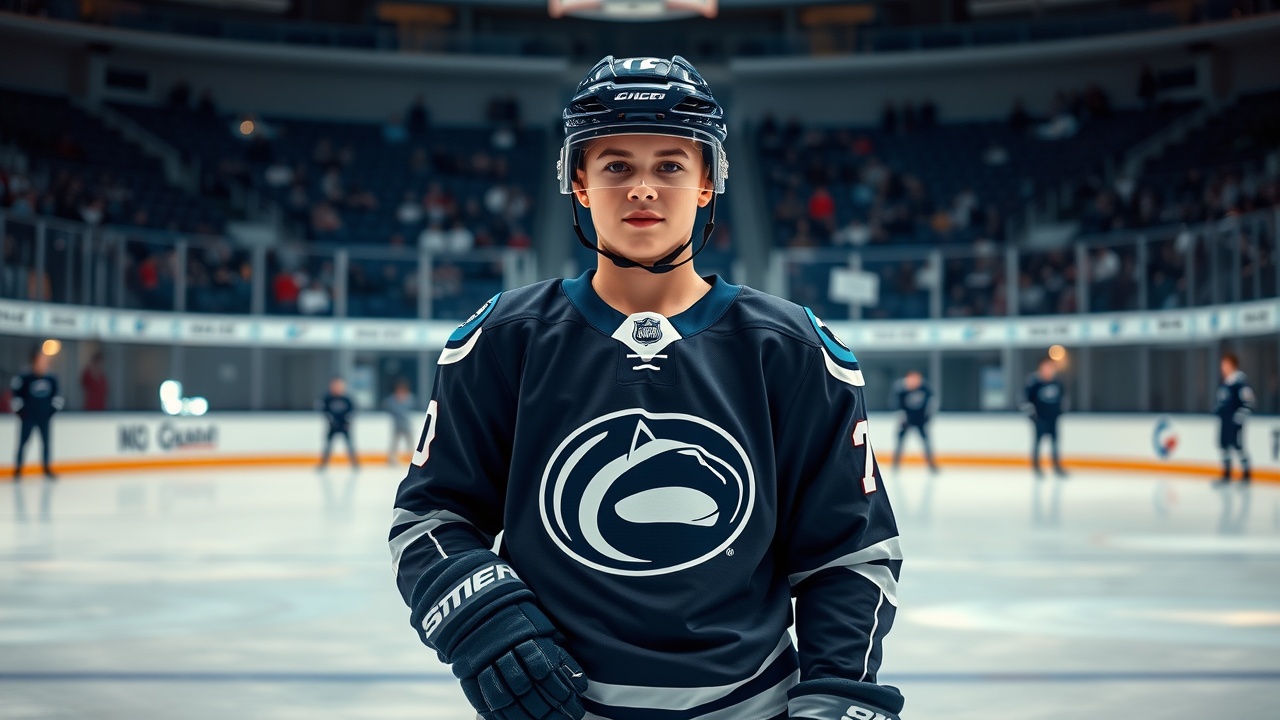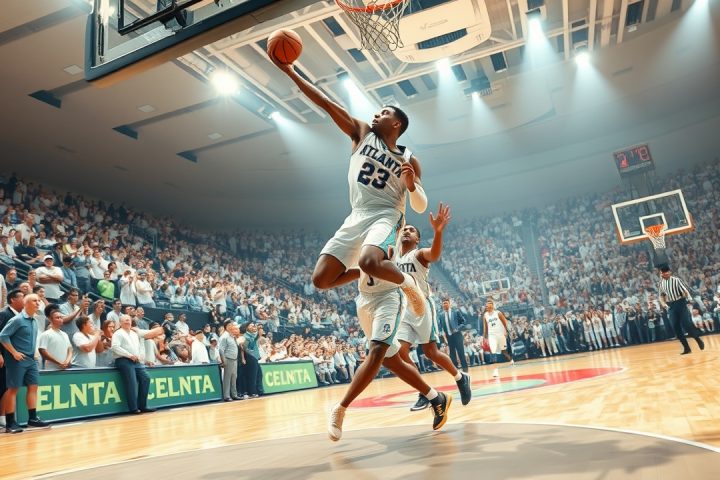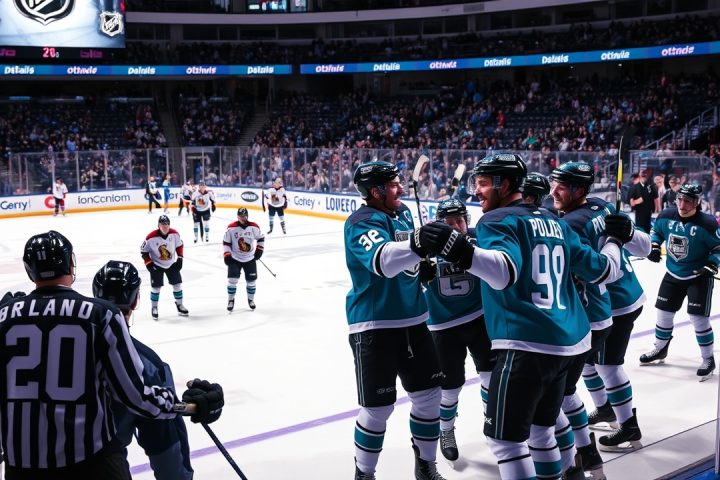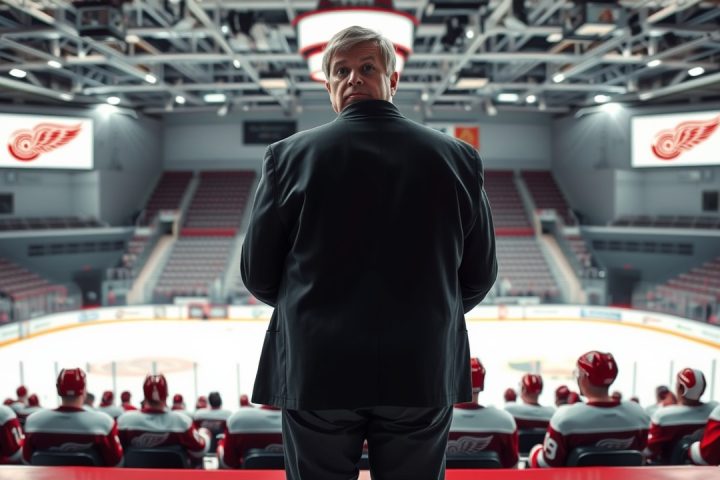Gavin McKenna: A New Hope for NHL Prospects
As expectations rise for the 2026 NHL Draft, where 17-year-old Gavin McKenna is projected to be the first overall pick, he symbolizes hope and renewal for teams in need of a turnaround. With an impressive track record of 129 points in just 56 games last season with the Medicine Hat Tigers in the Western Hockey League, McKenna has drawn parallels with NHL superstars such as Patrick Kane and Nikita Kucherov. However, McKenna’s choice to forgo another season in junior hockey, where he could have continued to excel, marks a transformative moment in youth hockey—he has decided to join Penn State University instead.
Decision to Join Penn State
Announcing his choice on “SportsCenter,” McKenna expressed how challenging the decision was, stating that his family and advisors believed Penn State presented the most beneficial environment for his growth as a player. This change follows a pivotal NCAA policy revision that permits Canadian junior hockey players to compete in NCAA Division I, effectively opening the doors for young athletes ready to make significant transitions before entering the NHL. This new rule, effective in August, positions McKenna as a trailblazer among Canadian players, highlighting the shifting landscape for hockey prospects.
NIL Opportunities and Program Growth
The evolution of this trajectory occurs in conjunction with the NCAA’s recent embrace of name, image, and likeness (NIL) initiatives—a significant lure for McKenna, as his NIL package from Penn State is reported to be around $700,000. In contrast, Michigan State’s offer was substantially lower, between $200,000 and $300,000. The Penn State hockey program, which became a Division I entity in 2012, has gradually enhanced its profile, recently achieving milestones such as making the Frozen Four.
The Nittany Lions have been climbing the ranks with a dedicated fan base and advanced facilities, thanks to funding from noted alumni like Terry Pegula. Coach Guy Gadowsky believes McKenna’s decision underscores his pioneering spirit and willingness to embrace the pressure that accompanies his commitment to the program.
Agent Insights and Community Reactions
Agent Pat Brisson, who has represented prominent No. 1 picks in the past, acknowledges that NIL played a role but emphasizes that McKenna’s ultimate decision hinged on development opportunities rather than monetary incentives alone. Following the NCAA’s groundbreaking adjustments, the hockey community is observing how this will reshape talent development, especially in response to some future complexities, such as immigration laws affecting international athletes.
While there is excitement over this new avenue for talent, not everyone in the Canadian junior hockey circuit views it positively. Western Hockey League (WHL) Commissioner Dan Near has expressed concerns about the implications of players leaving for college hockey, emphasizing the importance of the development environment that the CHL provides. Nevertheless, this evolving landscape of player eligibility signifies potential pathways for emerging talent like McKenna who resonate with the pressures of this new competitiveness.
Future Implications for Hockey Prospects
As the NHL continues to evolve, McKenna’s anticipated journey could set a precedent for future Canadian prospects, initiating a potential trend where athletes may alternate between CHL and NCAA depending on their development needs. While uncertainties linger on how this will influence player trajectories, the potential to redefine the mold for hockey prospects can invigorate college hockey and the broader NHL environment.
The upcoming season could see McKenna push beyond expectations against seasoned players in the Big Ten, equipping him for a rapid ascent into the NHL. The excitement surrounding him and his decision has interconnected the futures of college hockey and professional leagues in ways many did not foresee just a few years ago.
In essence, Gavin McKenna’s choice embodies a generational shift—encouraging future prospects to weigh their options and take charge of their path, a shift that could enrich the hockey landscape for years to come.




